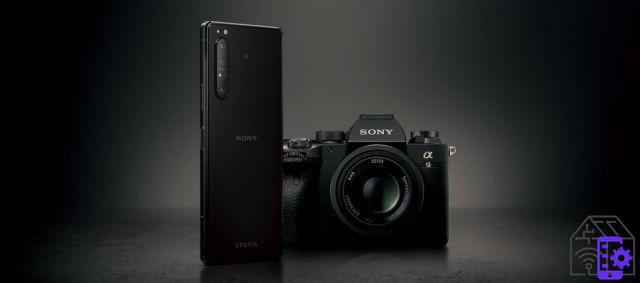
It was time. Sony has finally found the right way to take advantage of the sensors that have long populated smartphones all over the world, but which they had never fully convinced on their devices. Sony Xperia 1 II is the new smartphone that has its own well-defined identity and that marks the beginning of a new era for the series that was born more than ten years ago.
The new line follows what everyone has been doing for some time, namely creating their own ecosystem. And if others have created it between smartphones, tablets and computers, Sony aims at the purely photographic audience that will be able to bring together the cameras Alpha with the new Xperia 1 II. Surely the first step has been taken, still with some gaps, but with many aspects that finally meet the expectations of a Sony branded product.

Before going into the details of the new photographic module, certainly the most important feature of Xperia 1 II, I will also tell you immediately what has left me most perplexed: the price. Xperia 1 II is on sale at 1199€, a value from a top smartphone, but which to date I do not know how many are willing to spend on an Xperia. The speech does not refer to this device in particular, but more to the fact that, before getting to invest all that money, a user wants to feel confident in the investment. Today perhaps we are at the dawn of a new era for the Xperia family and a more attractive price would have helped a faster restart.
Xperia 1 II: the new photographic module
You will get to know more about the operation of Xperia 1 II in the classic review that will arrive shortly, so here I will limit myself to talking about the photographic part. Some details, however, I cannot overlook. Like the resolution of the OLED display that Sony calls 4K, but that is actually a 3840 × 1644 pixel. More than this rounding up, what is perplexing is the 60Hz refresh rate; today for smartphones to be considered top of the range the standard is 90Hz.

True, there is a feature on the Xperia 1 II that is supposed to simulate a faster refresh rate, but that's not quite the same thing. The screen resolution also leads us to another consideration: the ratio offered by the display is that of a 21: 9, excellent for a sort of cinematic experience, but which in everyday use has not convinced me. Too tall and narrow to be held and used easily with one hand. Sony's near-4K display, however, offers excellent brightness for reviewing photographs taken, even when there is a lot of light around us.

But let's move on to what interests me most in this article, the photographic form. Sony has completely redesigned everything that revolves around the three sensors, calling into question the engineers who worked on the latest Alpha cameras, especially the A9. It is no coincidence that Xperia 1 II can offer support for i RAW, technologies of advanced autofocus, but above all an interface, in the new mode Photo Pro, that remembers in all respects the menus of the Alpha cameras. Also, it was inserted a physical shutter button. A little trick that will be loved by photographers and that will make the user seem to be holding a real camera.

In detail, the photographic module of Xperia 1 II has as its main sensor a Exmor RS con 12 megapixel and a size of 1 / 1,7 inches, therefore larger than the average of those on board smartphones. In particular the sensor is 50% larger than the previous model and it also has larger pixels. This is a fundamental aspect, because it allows you to capture more light and therefore offer better results.
If then we also put ourselves Zeiss anti-reflective T * treatment, the images that come out of the main lens (a 24mm equivalent) are really noteworthy. Furthermore, the sensor has a particular structure that provides two small sensors on each single pixel. They are two photodiode brightness sensors that also serve to speed up focusing operations.
We also find an Exmor RS sensor for the wide-angle camera, but smaller than the main one. The resolution is still 12MP and the equivalent focal length is 16mm. The 70mm medium telephoto and 12MP resolution closes the trio of optics. The dimensions of the sensor are even smaller and in fact it is the least performing camera of the three. But to see the results and talk about them, I refer you to the galleries below.

Excellent performance of the most advanced autofocus system there is for a smartphone: 247 phase-detection AF points covering nearly 70% of the sensor. Sony claims just 0,03 seconds to lock onto the subject and indeed the performance is worthy of a real camera. Then there is the sensor to help iToF, able to determine the distance between the subject and the camera for the precise acquisition of the focus point. The work from this point of view was flawless. The Eye AF mode is also very precise.
To exploit all this speed of focus there is also the prowess of the image processing processor BIONZ X, which allows you to shoot bursts from 20 frames per second, with active autofocus. I feel like I'm reviewing a camera, there really is a very technical world inside the Xperia 1 II, worthy of the much appreciated Sony mirrorless cameras. And it is no coincidence that this smartphone is the ideal companion of the Alpha series cameras, being able to use it as a remote display but also to manage settings. It's all very simple through the app Imaging Edge.

The same speech made for the photographic side of Xperia 1 II we can do it for the video field. Sony has in fact also implemented an app dedicated to videomakers, Cinema Pro, which offers many advanced features. Starting from the default color settings, passing through the 4K HDR format and 24fps. As with Photo Pro, the interface of this application replicates that of professional cameras in a simplified way. We can manage shutter speeds, take advantage of the autofocus in touch mode and also count on an intelligent filter for the elimination of wind in the audio.
Sony has done a really great job with the Xperia 1 II from a feature point of view, but it's time to show you how it performed in the field.
Discount Sony Alpha 6000L - Kit Photo Camera Digital Mirrorless con ...
Sony Alpha 6000L - Kit Photo Camera Digital Mirrorless con ...
- Sony Mirrorless digital camera with APS-C CMOR Exmor 24.3 megapixel sensor
- Kit with 16-50mm SEL lens
- High resolution Tru-Finder OLED viewfinder
The field test
After taking some photos with the standard photo app, I wondered if the steps we talked about had really been made about this smartphone. I only realized it's a really good camera when I opened Photo Pro and started shooting like I'm used to with a traditional camera: in manual. We can control every aspect of the recovery and this makes the experience interesting and definitely in contrast to what the competitors do.
Color rendering can sometimes be flat, but being able to shoot in RAW is not a problem. Indeed it is an advantage because it allows us during the editing phase to intervene as we see fit on the file. In general, what struck me was the precision of the reproduction of even the finest details, but also the excellent dynamic range. The ability to work manually also allows you to lock the ISO at low levels and lengthen exposure times to work at night without the risk of excessive noise. All the other smartphones in night modes, although some are really effective, simply tend to illuminate the scene as much as possible through a series of shots merged together to show us as much of the scene as possible. Often the consequence is an image rich in noise and poor in detail. With Xperia 1 II even night photos are of excellent quality, the important thing is to remember to go out with a small tripod suitable for mounting the smartphone.


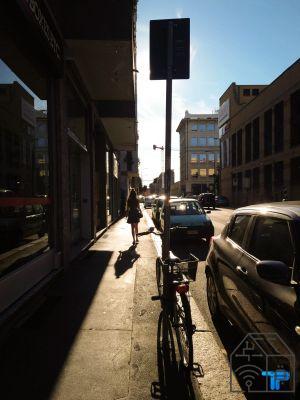
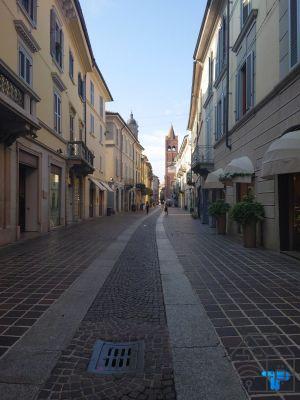


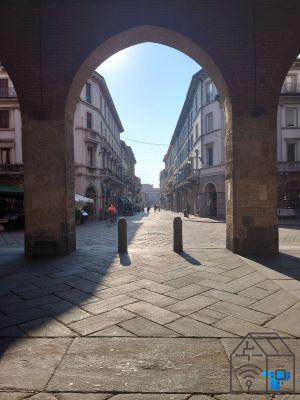





Autofocus performance is excellent even in unfavorable conditions, like the one I show you below. We are in full backlight and with a subject that moves quickly. I raised my smartphone, pressed the fire button halfway to activate AF, just like on a camera, and the rider was instantly hooked. I took the button to the end and with the continuous shooting mode activated I made the images you see in less than a second. In all the images the subject is in focus, a sign that the tracking also works very well.
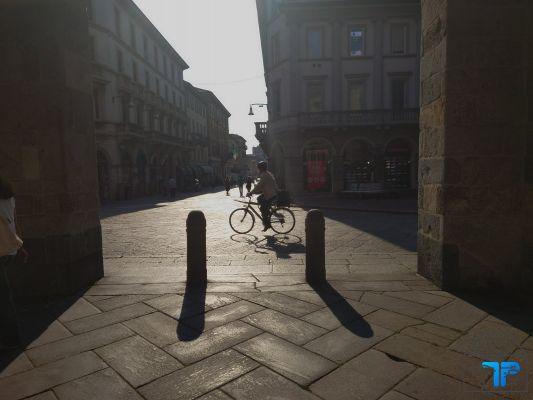
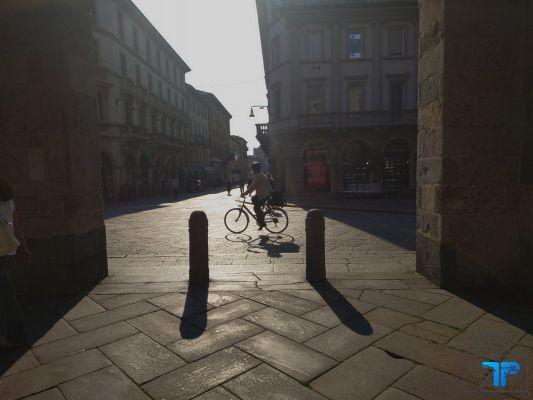

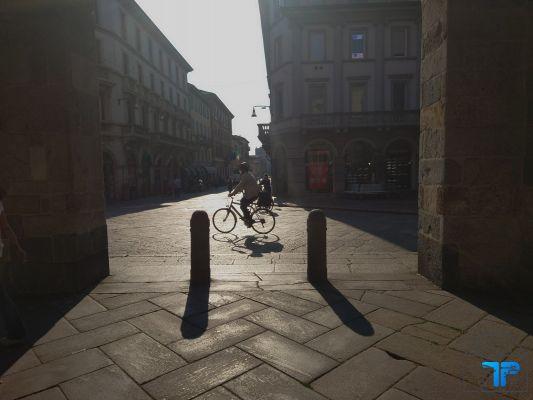



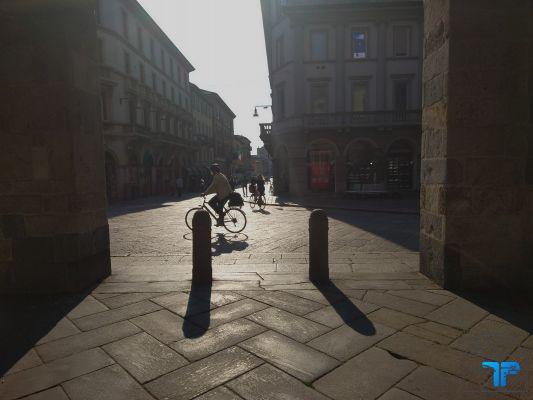
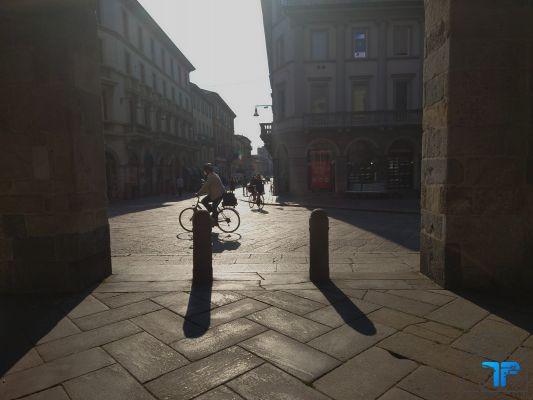


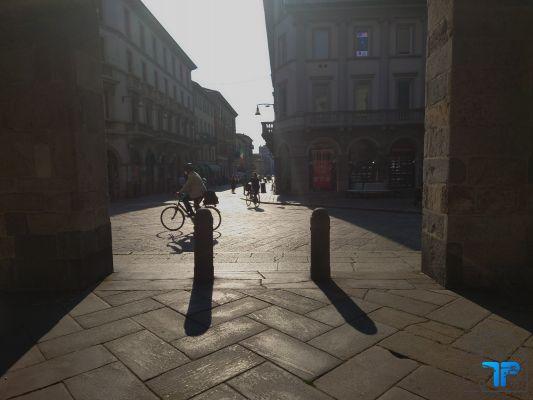

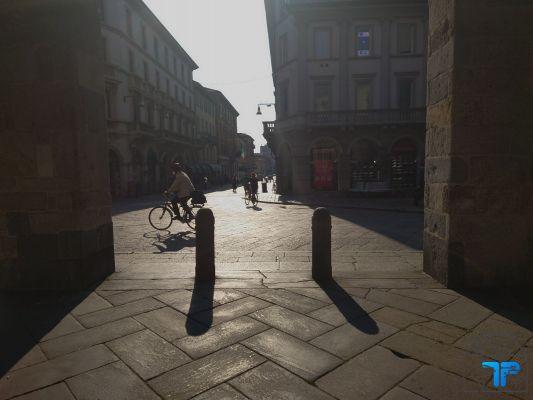
Xperia 1 II: conclusions
In this smartphone, everything revolves around the photographic system. And if I started this review by saying "it was time" it is mainly because Sony has been supplying sensors for many smartphones for a long time. Your smartphone, dear reader, probably also has a Sony-branded sensor: there is no doubt, in fact, that they are among the best around. So why have Xperia smartphones never lived up to their competitors in the photographic field despite the fact that the sensors were supplied by Sony? A good question that we will not have an answer to, but that we will finally no longer have to ask ourselves.
Anyway, the only hypothesis I can venture is that Sony had not yet found the right way to process the images. And the thing was even stranger since compared to Apple, Google, Samsung or Huawei, Sony's photographic background is definitely on a different level.
In fact, almost all competitors work hard to get the most out of their smartphone cameras without having to ask the user for photographic skills. Indeed, relying on computational photography, the one made up of artificial intelligence and automatisms. Sony, for its part, with Xperia 1 II has taken a totally different path, creating a mode that brings the user back to the center of photography. Using the new Photo Pro app is like having a small Sony Alpha always in your pocket.
But beware, only using the Photo Pro app, because with the simpler basic photo mode the problems are still the same as the old models.
It is therefore necessary to have at least a basic knowledge of photography to be able to manage and exploit this smartphone properly. With Photo Pro the results are exceptional and I can say with extreme frankness that in this 2020 it is certainly the smartphone that most impressed me for the photographic quality. And at this point I'm really curious to see which path Sony will take from now on and see if the Xperia Pro version will also arrive on our market.


























